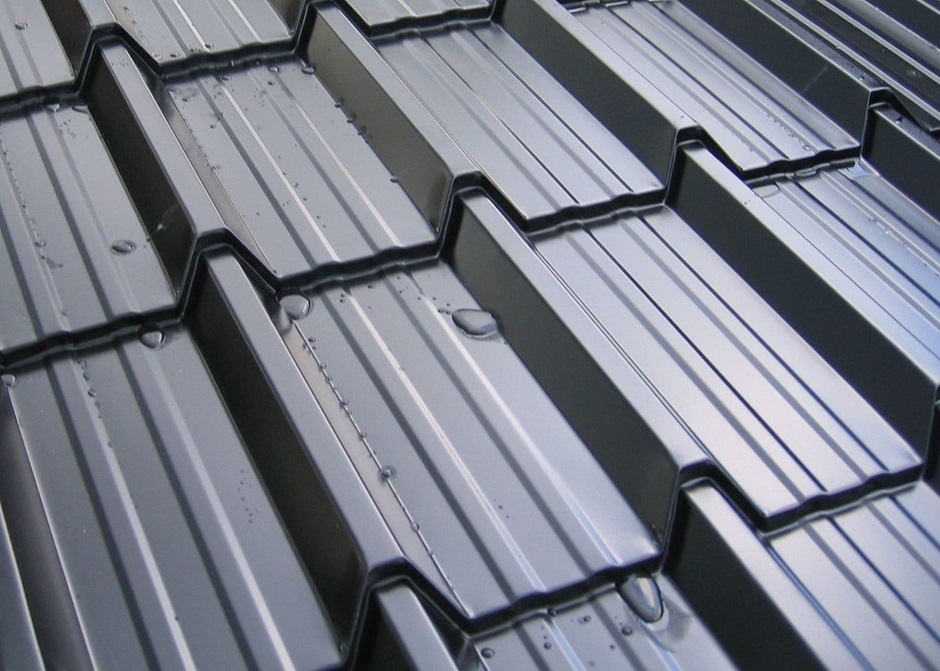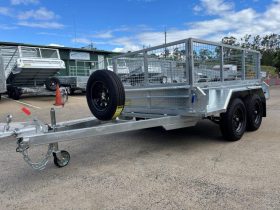When it comes to roofing materials, zinc stands out for its durability, sustainability, and aesthetic appeal. Whether you’re building a new home or renovating an existing structure, understanding the benefits and characteristics of zinc roofing can help you make an informed decision.
What is Zinc Roofing?
Zinc roofing involves using zinc sheets or panels as the primary material for covering roofs. Zinc is a naturally occurring metal known for its long-lasting properties and resistance to corrosion. Unlike other metals, zinc develops a protective layer, known as patina, which shields it from environmental factors and enhances its longevity.
This patina gives zinc roofs their distinctive bluish-grey appearance that can complement a variety of architectural styles. It’s a popular choice for both residential and commercial buildings due to its combination of durability, aesthetic versatility, and low maintenance requirements.
Advantages of Zinc Roofing
One of the most significant advantages of a zinc roof is its durability. Zinc roofs can last anywhere from 50 to 100 years, outlasting traditional roofing materials like asphalt and wood. This longevity is partly due to zinc’s ability to heal itself; when scratched or damaged, the metal naturally forms a new layer of patina, preventing further deterioration.
The aesthetic appeal of zinc roofing is another major benefit. The natural patina process not only protects the metal but also gives the roof a distinctive and evolving appearance that many find visually appealing. This unique look can enhance the architectural character of any building, making zinc a popular choice for those seeking both functionality and style in their roofing material.
Installation and Maintenance
Installing a zinc roof requires specialised skills and knowledge, as the material behaves differently from other metals. It’s essential to hire experienced roofing professionals, such as the ones at MLR Slate Roofing, who are familiar with zinc to ensure a proper installation. Poor installation can lead to issues such as oil canning, where the metal appears wavy or uneven.
Once installed, zinc roofs require minimal maintenance. The natural patina process takes care of minor scratches and blemishes, and regular cleaning to remove debris is usually sufficient. Unlike some other roofing materials, zinc does not need to be painted or coated periodically, reducing long-term maintenance costs.
Zinc Roofing and Sustainability
Zinc is fully recyclable, and its production has a lower environmental impact compared to other metals. The energy required to extract and process zinc is relatively low, and because it’s so durable, it reduces the need for frequent replacements, contributing to a more sustainable building practice.
Zinc is an excellent choice for those seeking to minimise their environmental footprint. Its long lifespan, coupled with its recyclability, means that zinc roofing contributes significantly less waste to landfills compared to traditional roofing materials.
Aesthetic and Architectural Flexibility
Zinc’s unique aesthetic appeal is another reason for its popularity. Its sleek, modern look can enhance the visual appeal of both contemporary and traditional homes, making it a truly versatile option.
Zinc is also highly malleable, allowing for creative and intricate designs. It can be shaped into curves and other complex forms, enabling architects to explore innovative and distinctive roofing solutions. This flexibility makes zinc an excellent choice for buildings with unconventional roof structures or those aiming for a striking architectural statement.
Cost Considerations
The initial cost of a zinc roof can be higher than traditional roofing materials. However, this upfront investment is offset by the long-term benefits, including its durability, minimal maintenance requirements, and energy efficiency. Zinc roofs can contribute to lower heating and cooling costs due to their reflective properties, which help regulate indoor temperatures.
In addition to energy savings, the longevity of zinc roofing means homeowners save money over time by avoiding frequent replacements and repairs. While the initial expense might be higher, the overall cost-effectiveness of zinc roofing makes it a worthwhile consideration for those looking for a long-term roofing solution.
Conclusion
Zinc roofing offers a blend of durability, sustainability, and aesthetic appeal that is hard to match with other roofing materials. Its ability to develop a protective patina, combined with its recyclability and energy efficiency, makes it an excellent choice for modern and traditional homes alike. By understanding these aspects, you can make an informed decision that aligns with your architectural preferences and sustainability goals.










